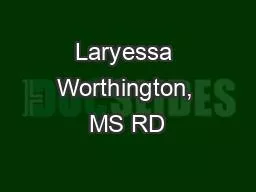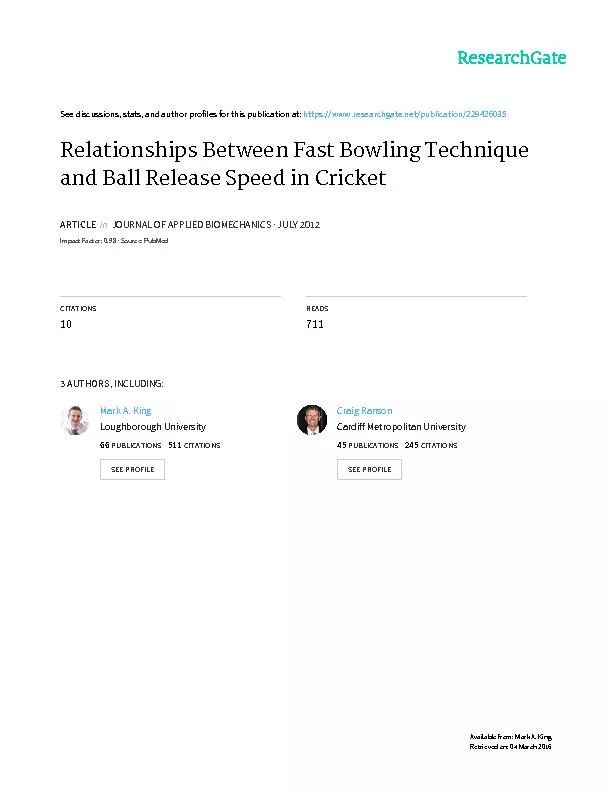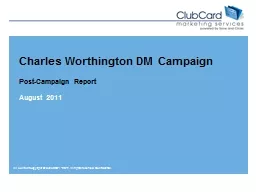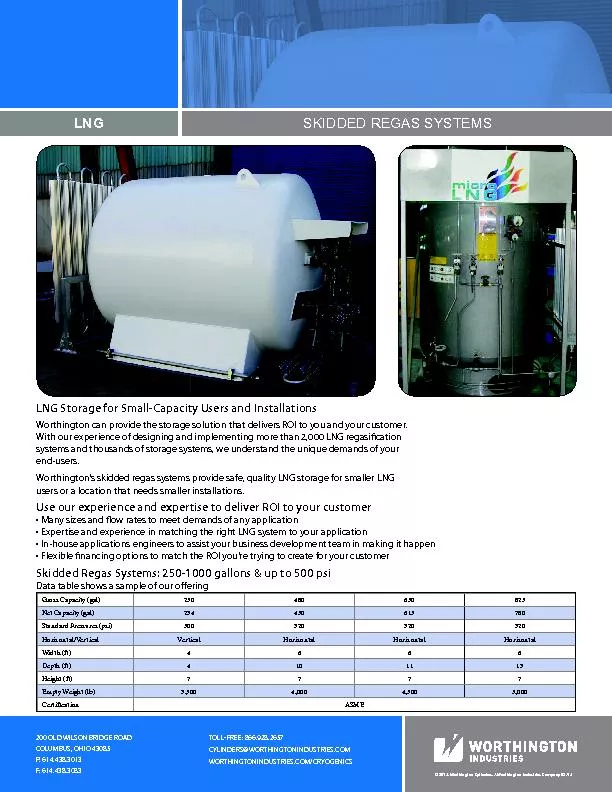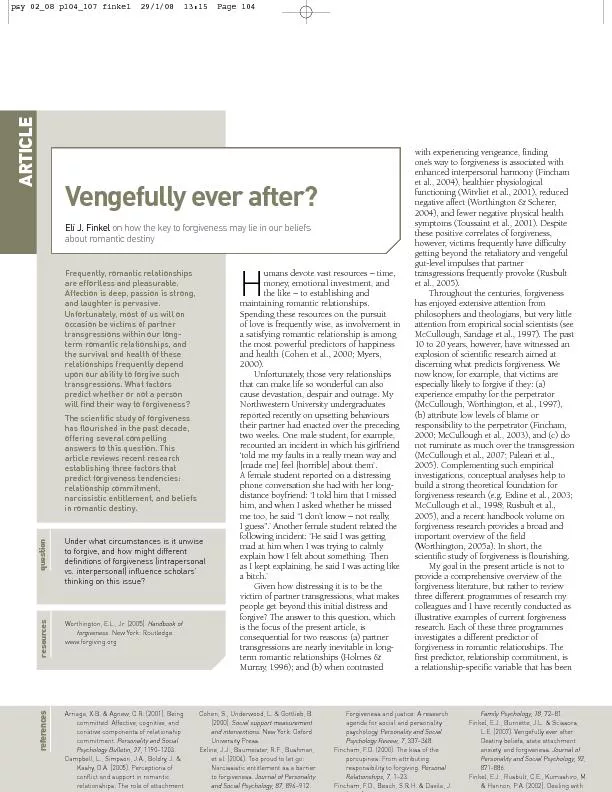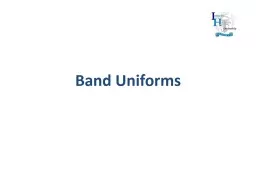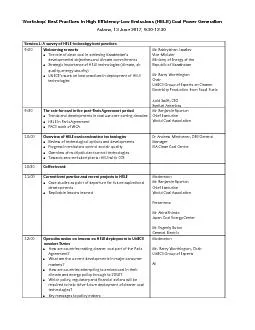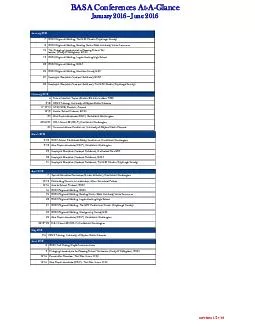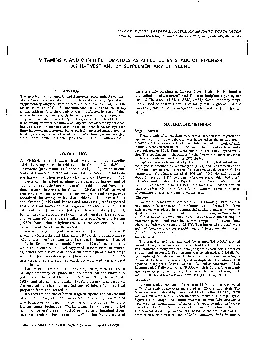PPT-Laryessa Worthington, MS RD
Author : faustina-dinatale | Published Date : 2020-01-12
Laryessa Worthington MS RD Nicole Finkbeiner PhD SNEB Webinar January 2016 Lessons Learned from Incorporating a Text Message Based Program into Elementary Schools
Presentation Embed Code
Download Presentation
Download Presentation The PPT/PDF document "Laryessa Worthington, MS RD" is the property of its rightful owner. Permission is granted to download and print the materials on this website for personal, non-commercial use only, and to display it on your personal computer provided you do not modify the materials and that you retain all copyright notices contained in the materials. By downloading content from our website, you accept the terms of this agreement.
Laryessa Worthington, MS RD: Transcript
Download Rules Of Document
"Laryessa Worthington, MS RD"The content belongs to its owner. You may download and print it for personal use, without modification, and keep all copyright notices. By downloading, you agree to these terms.
Related Documents

